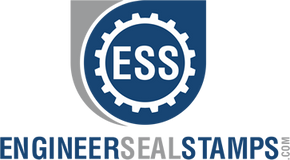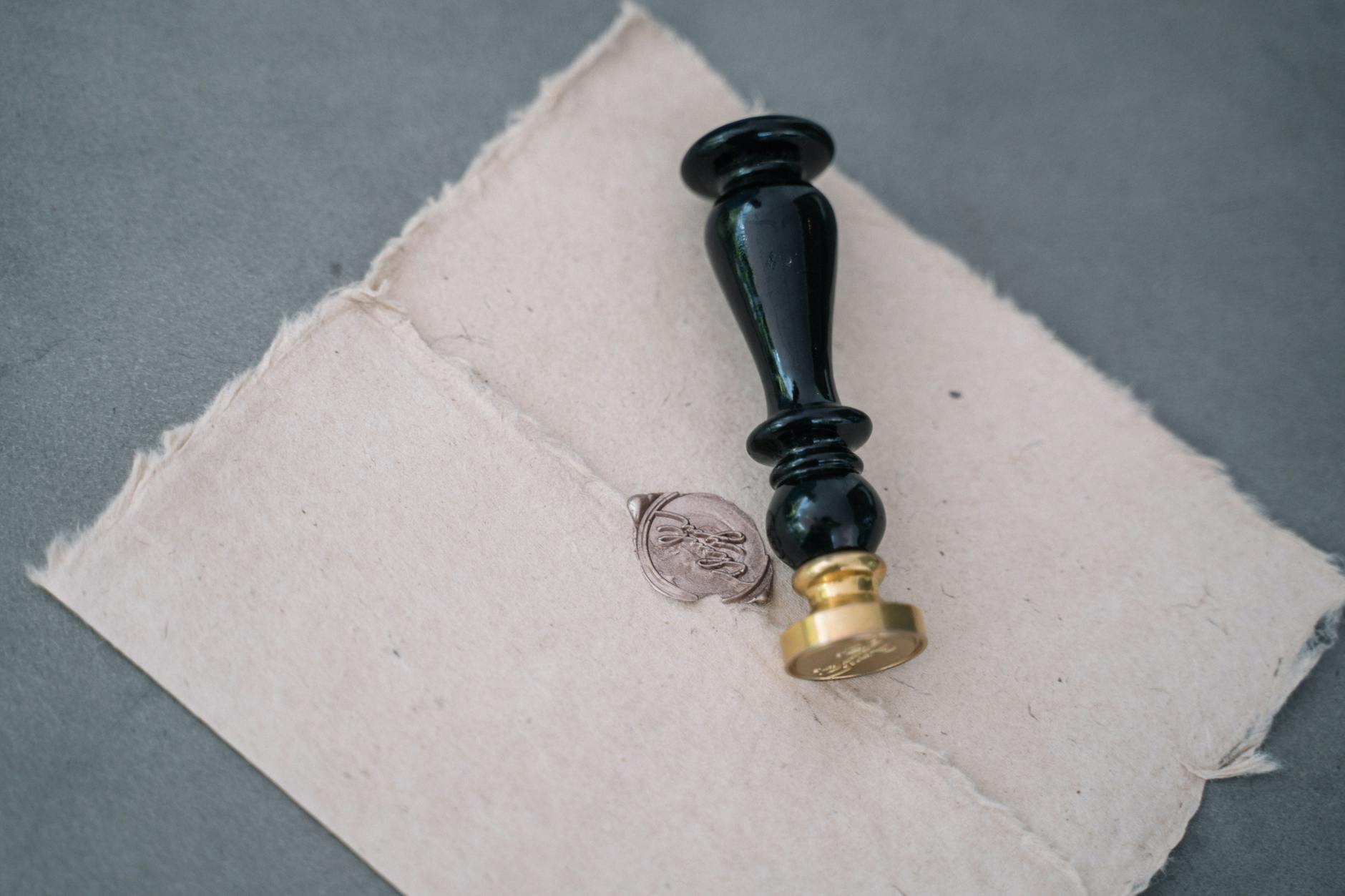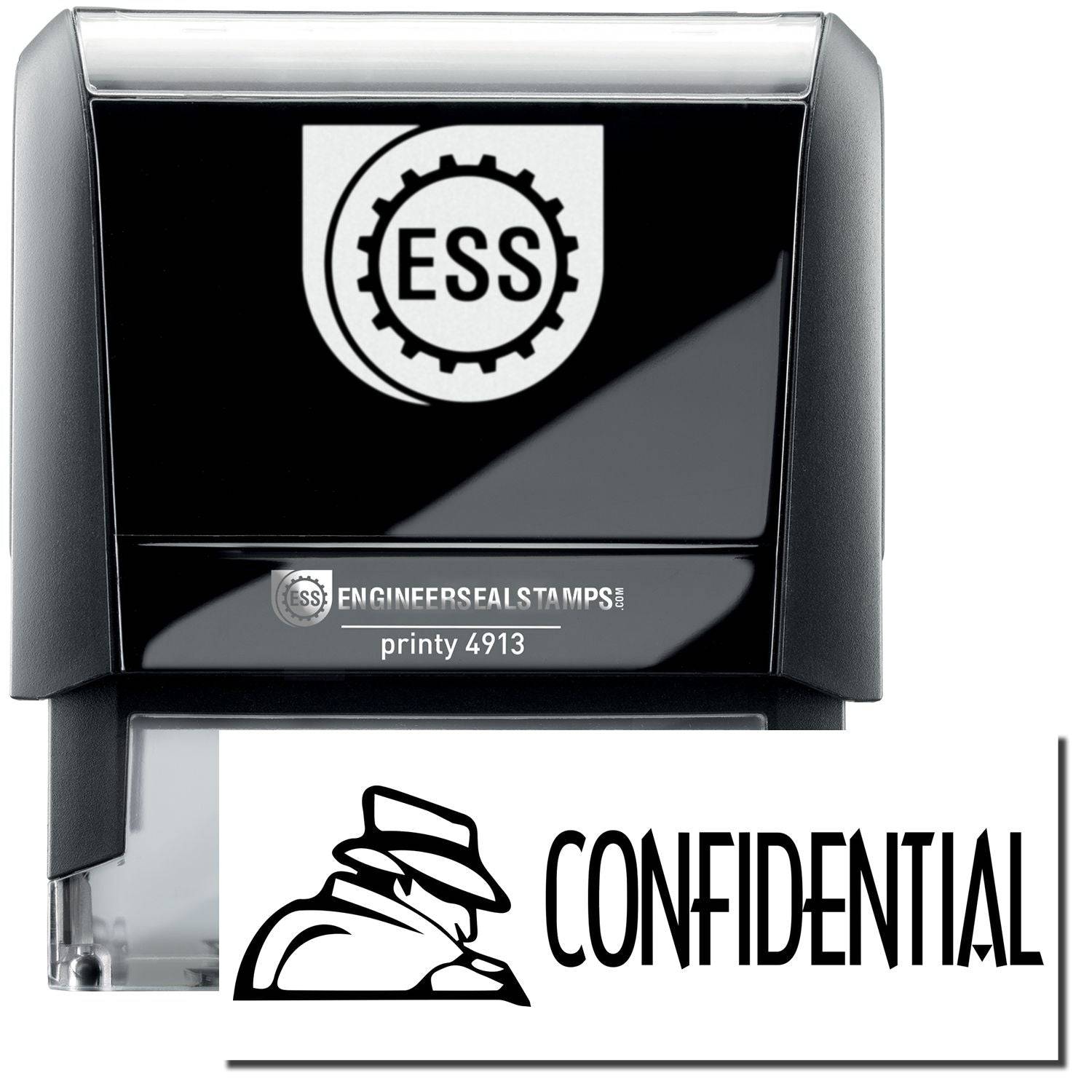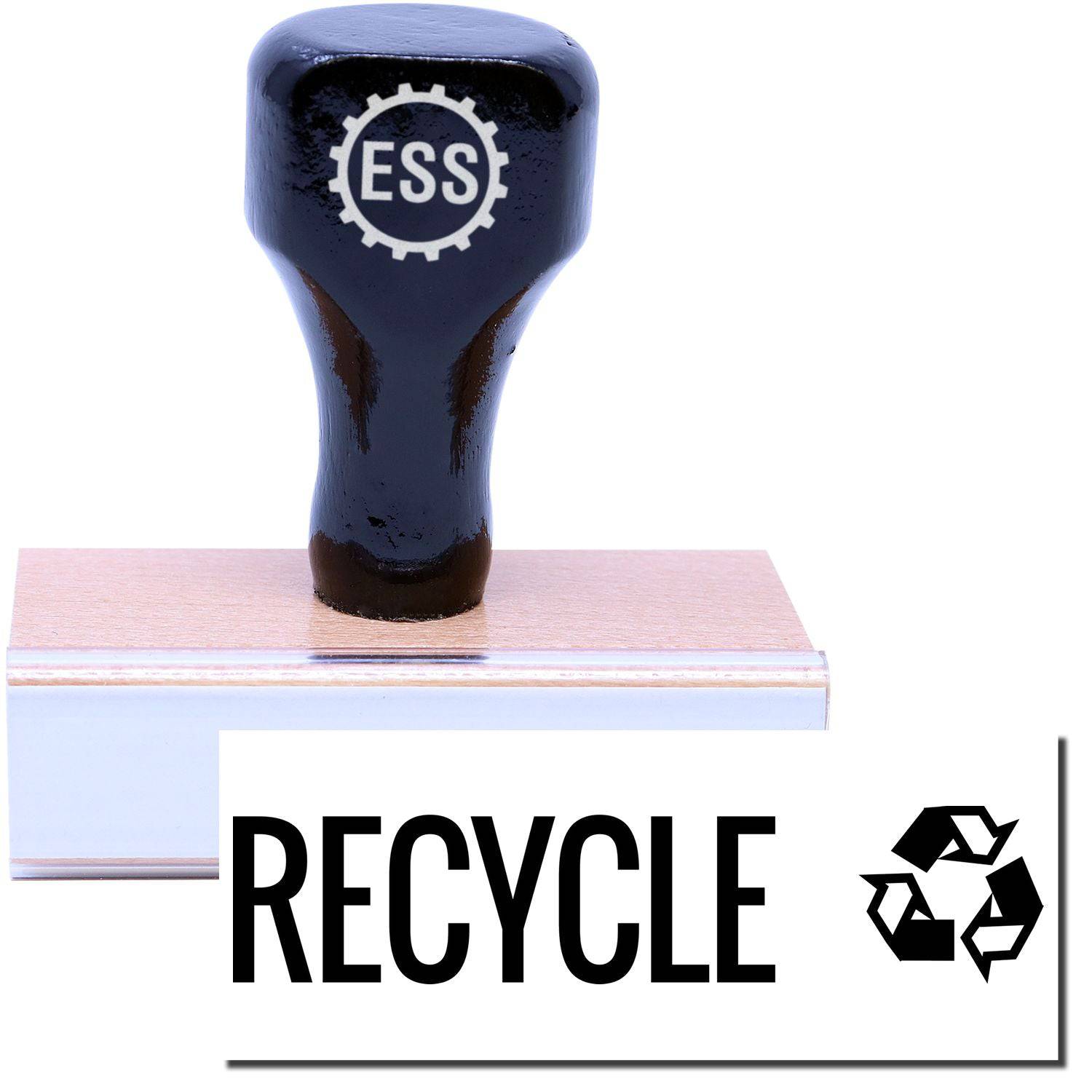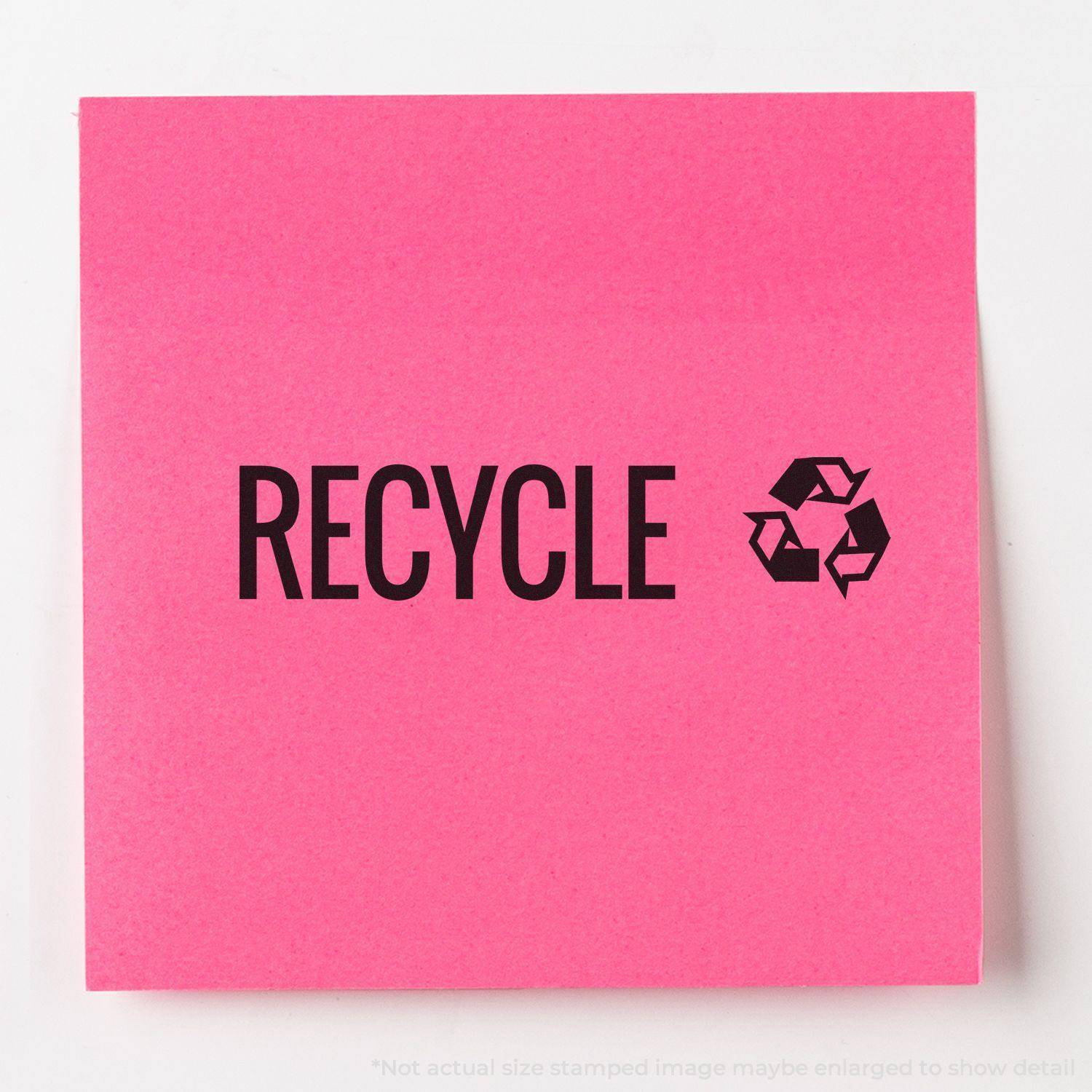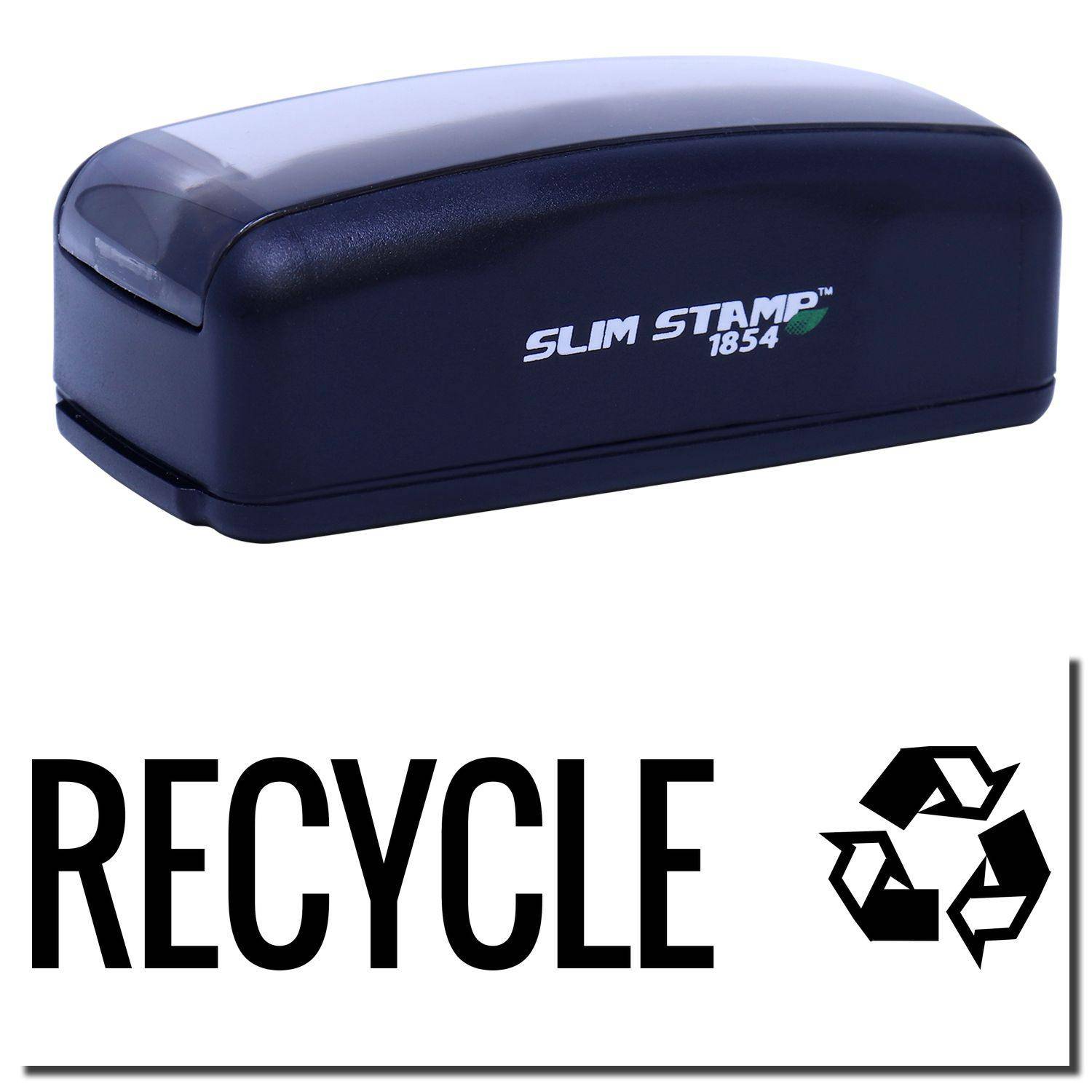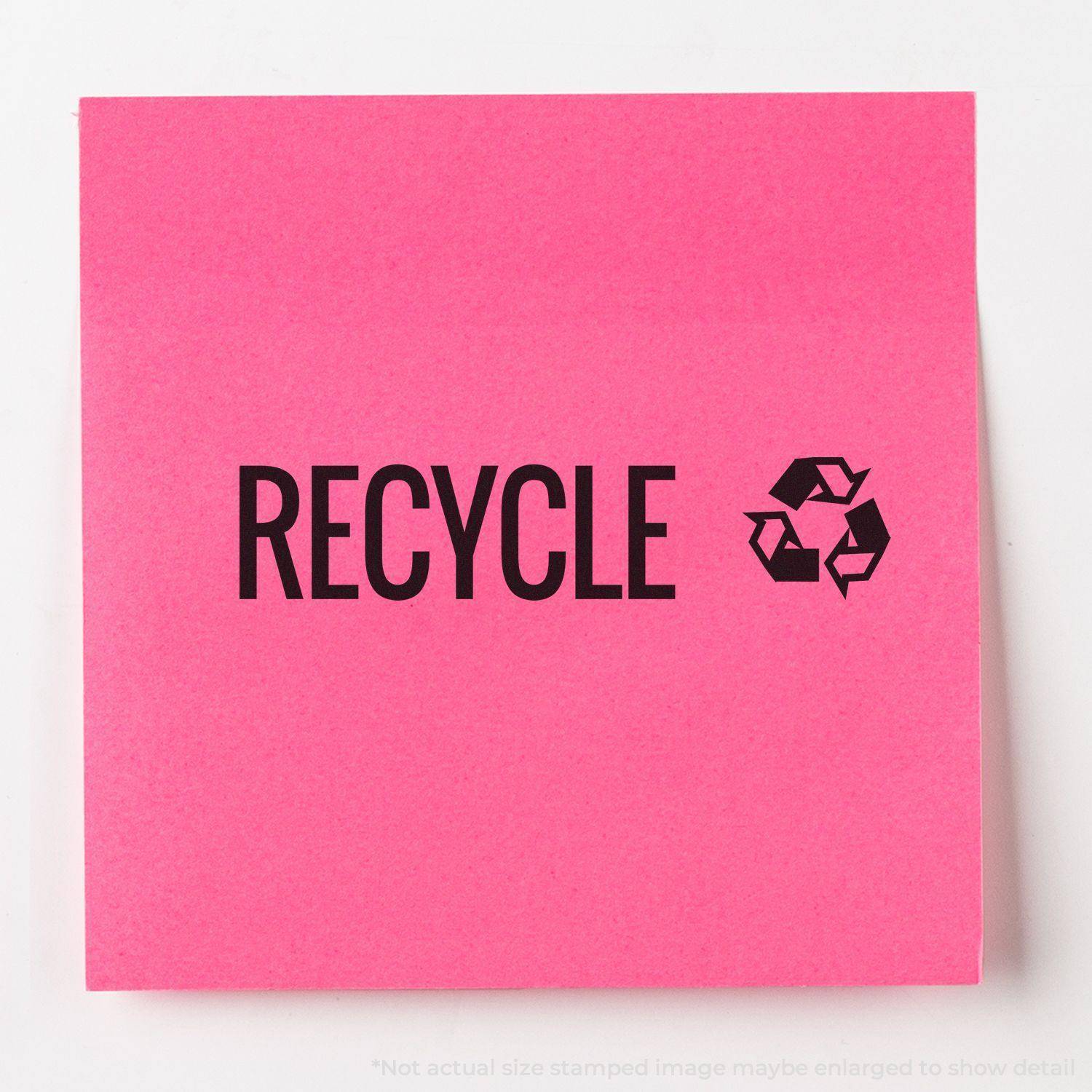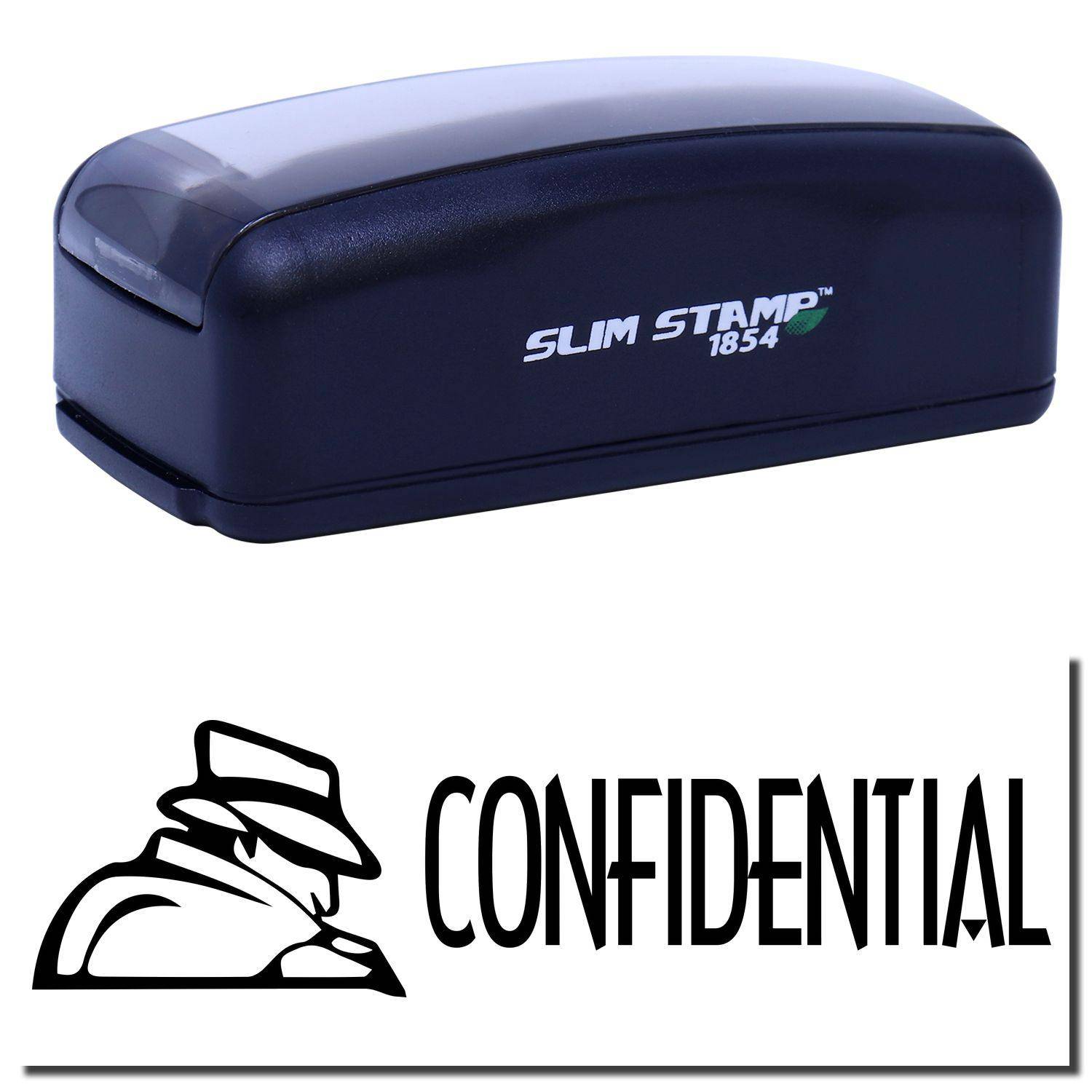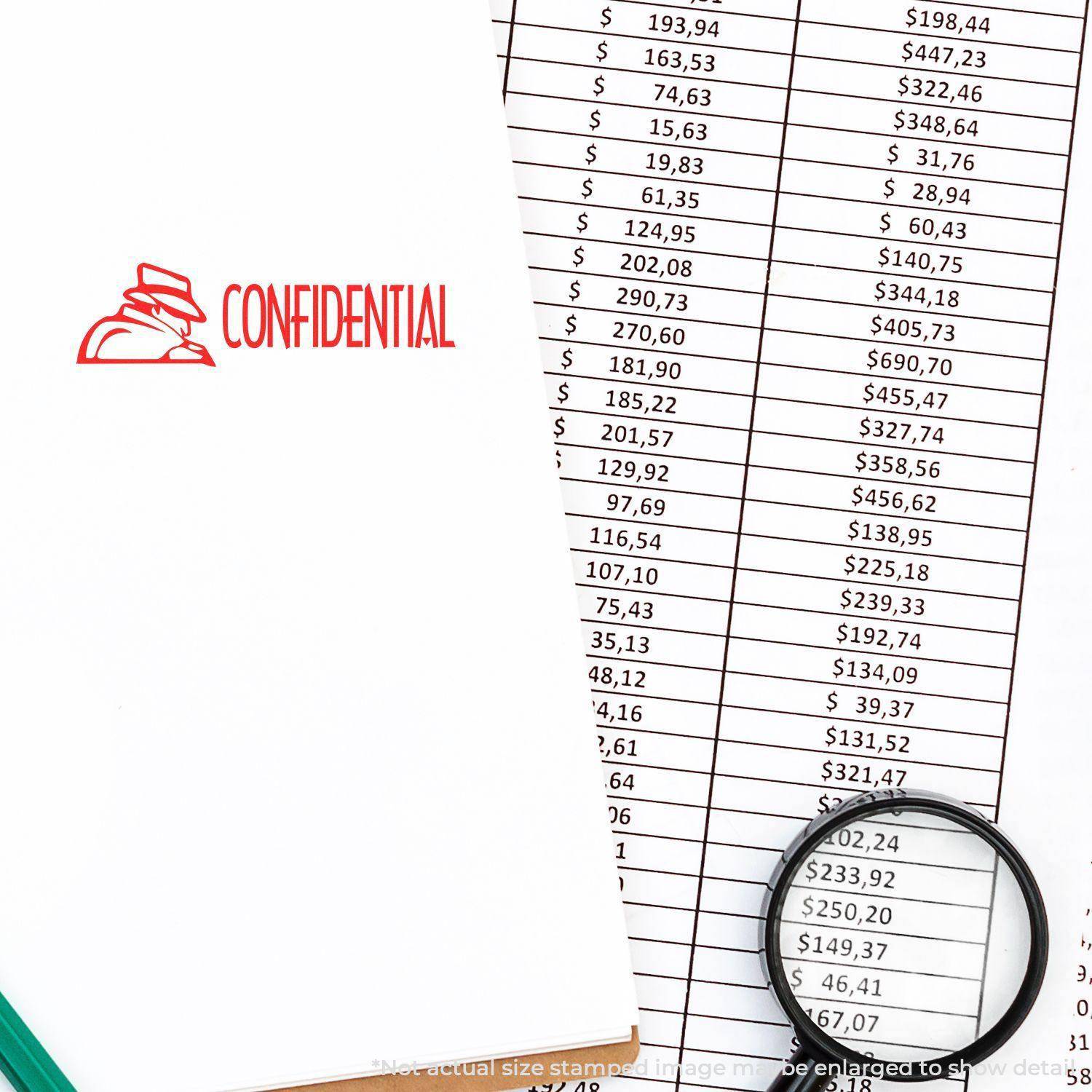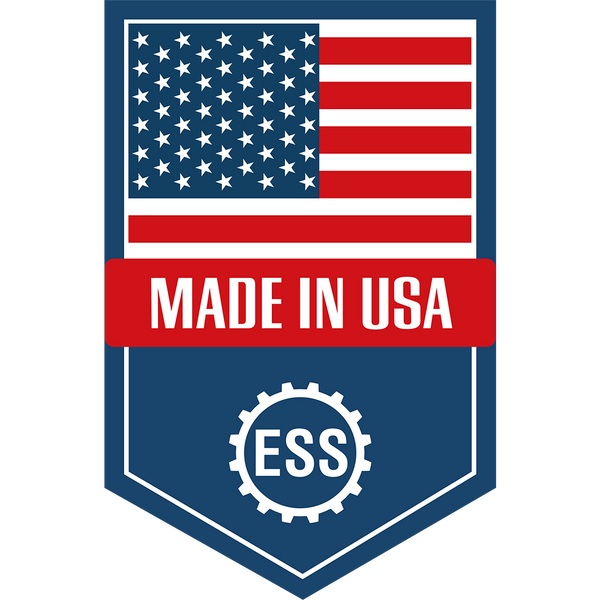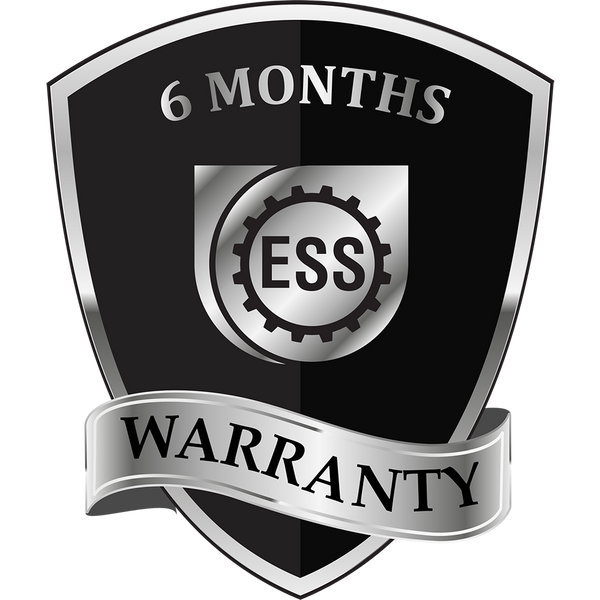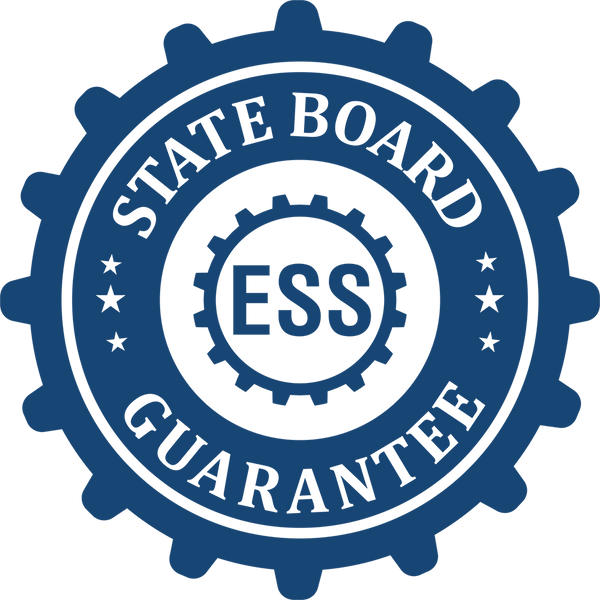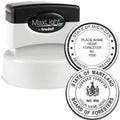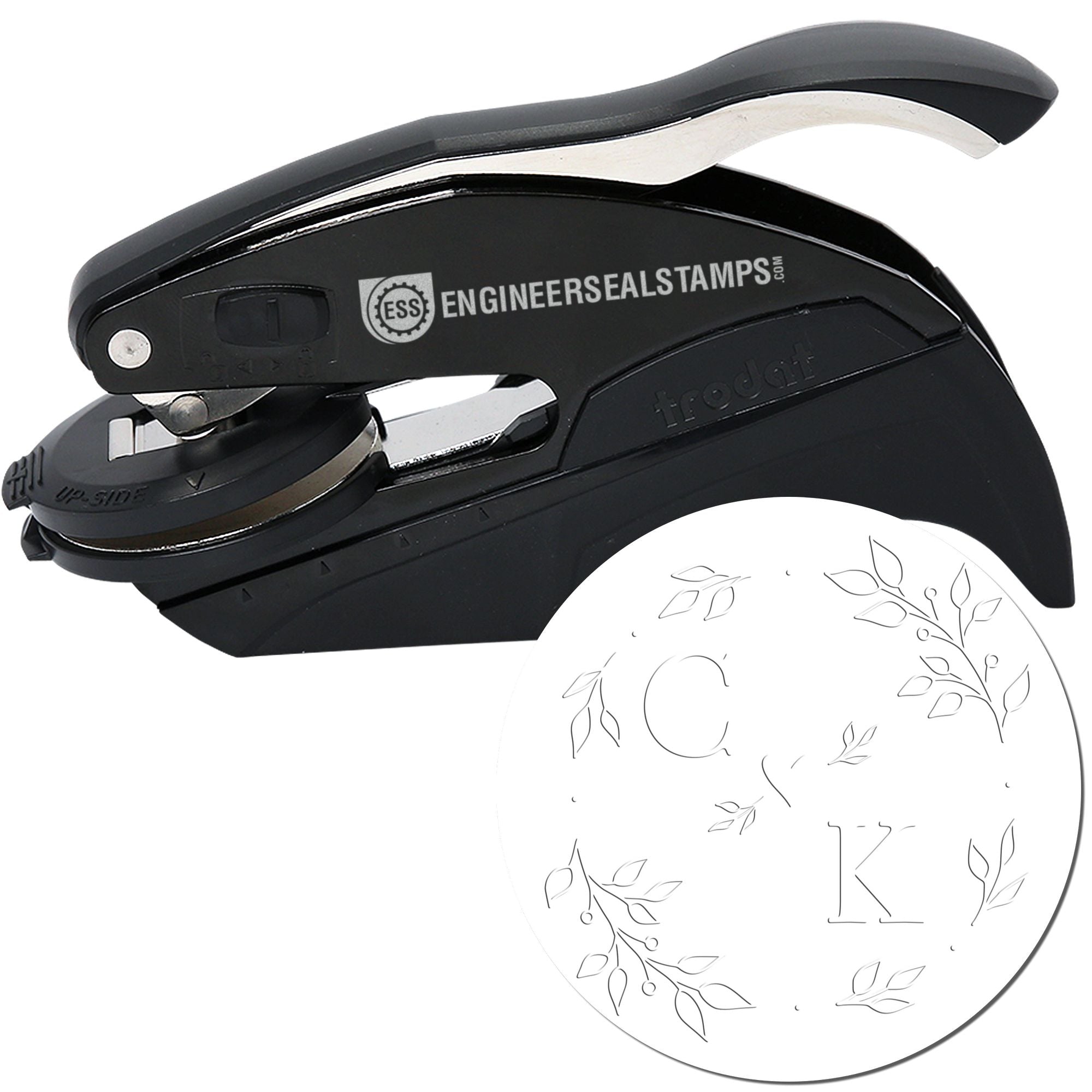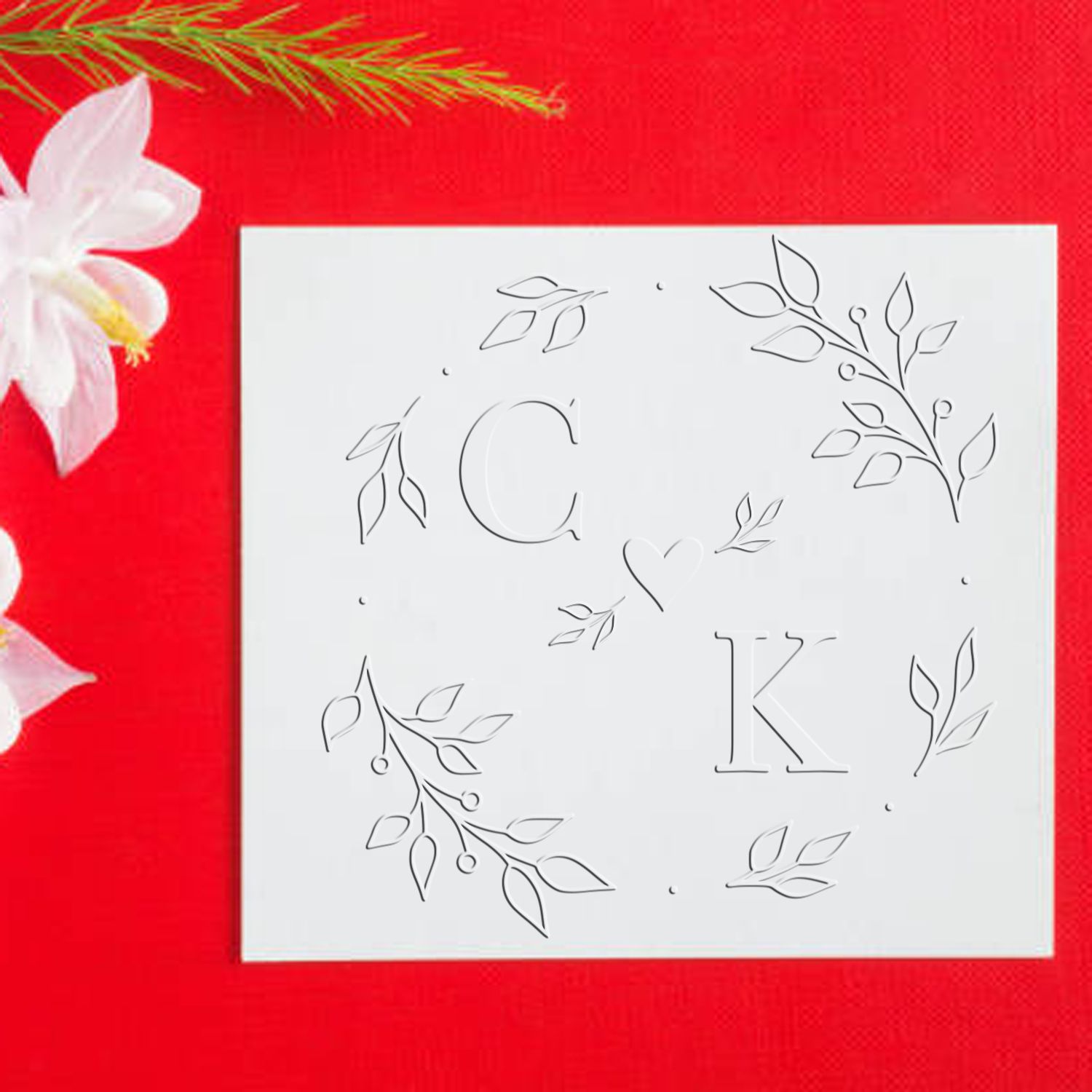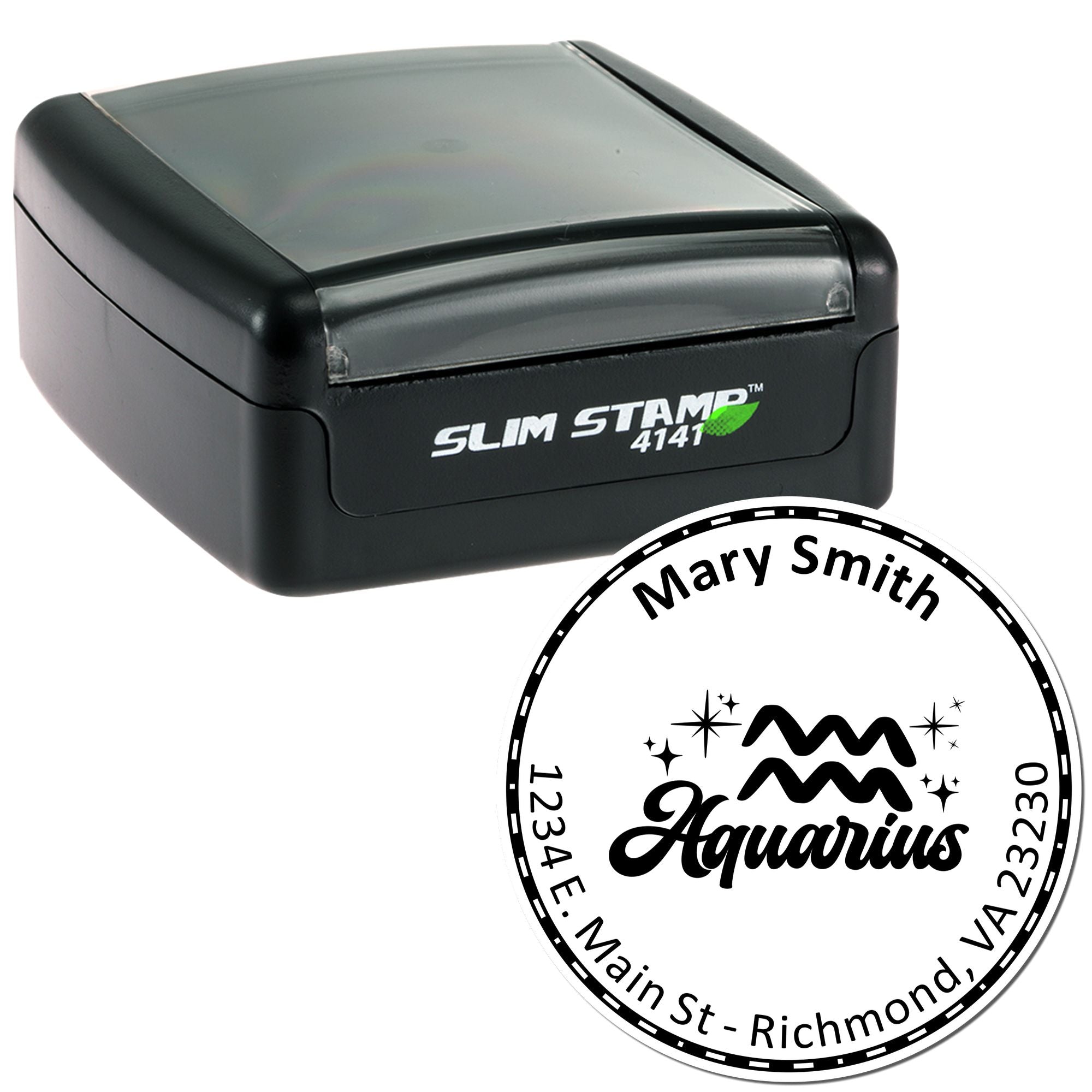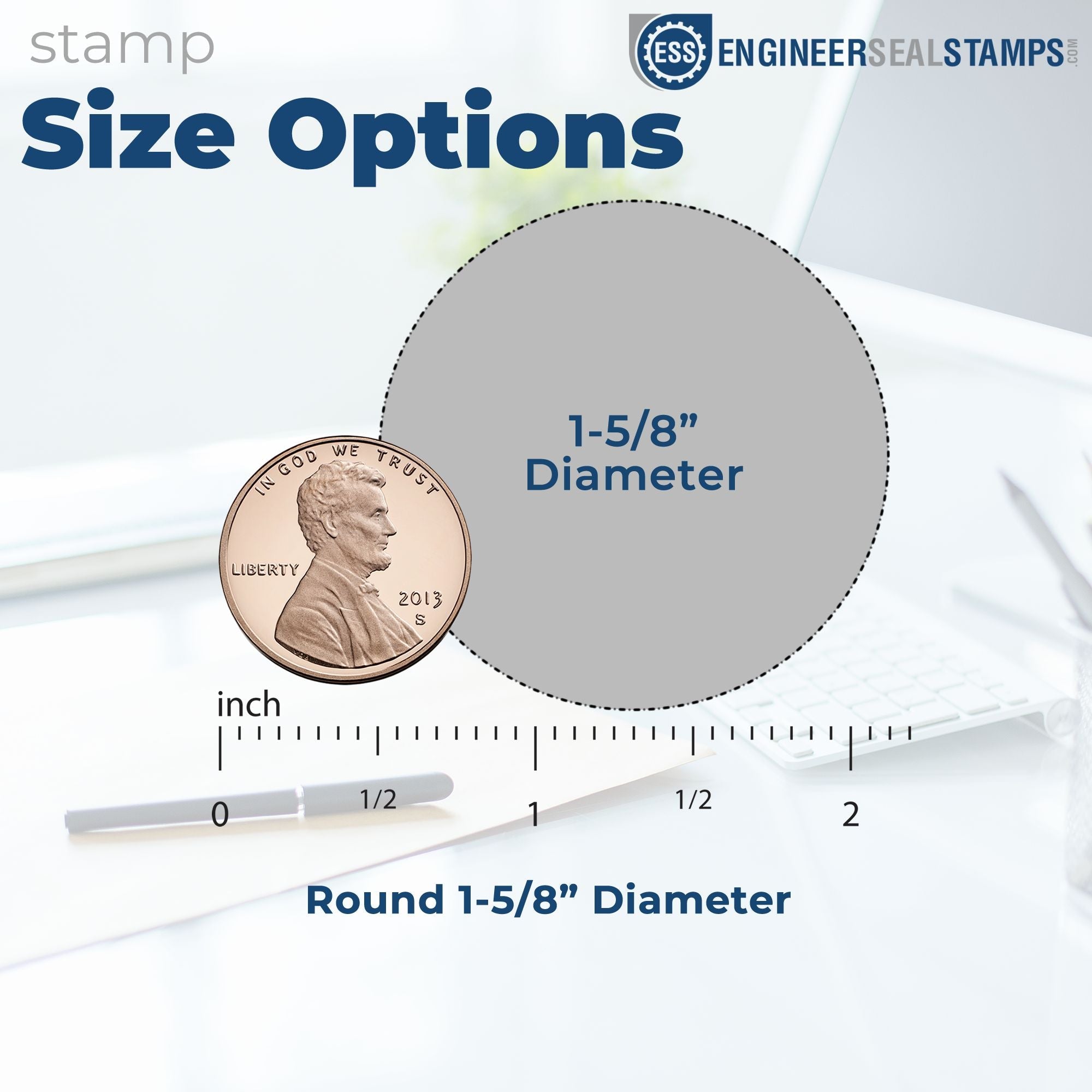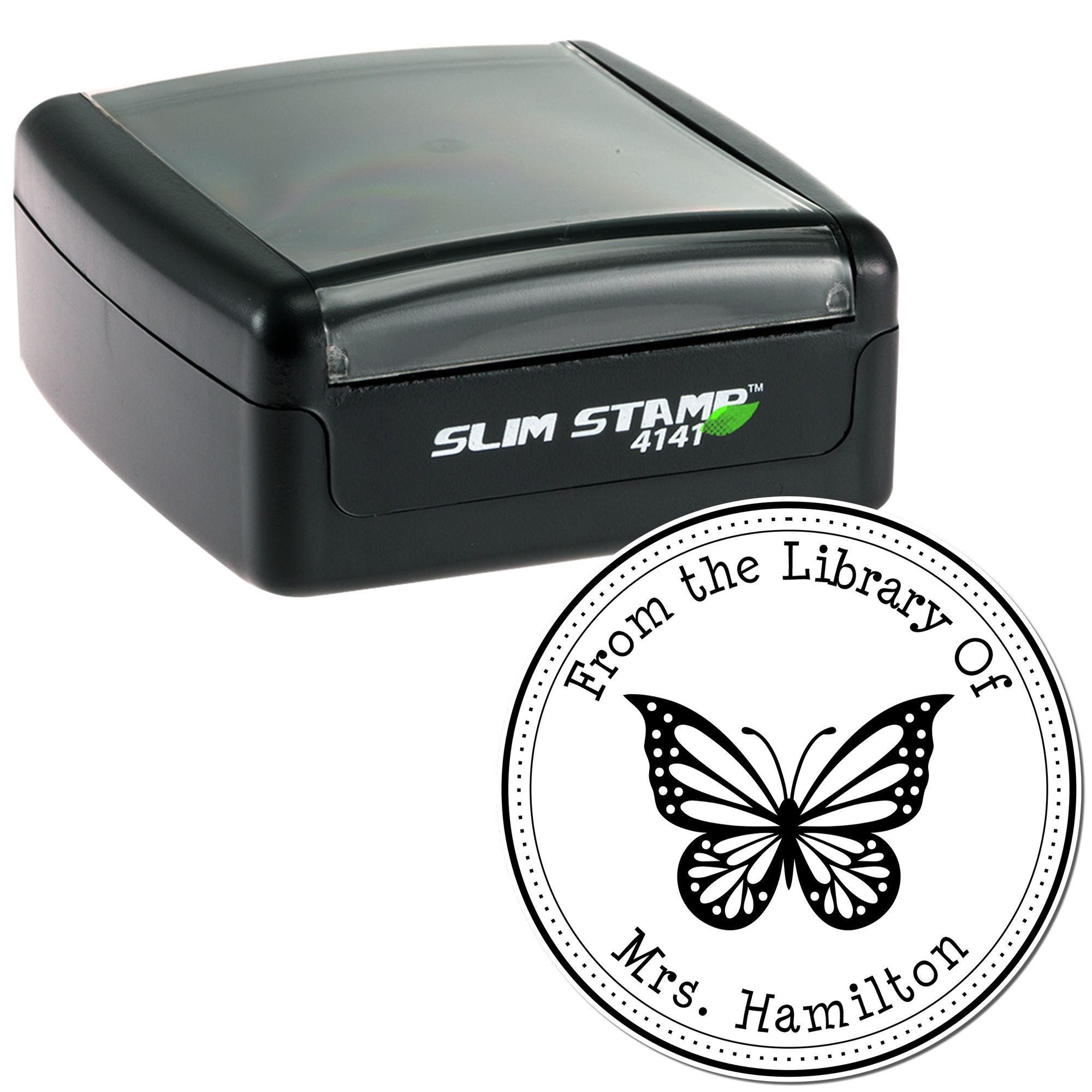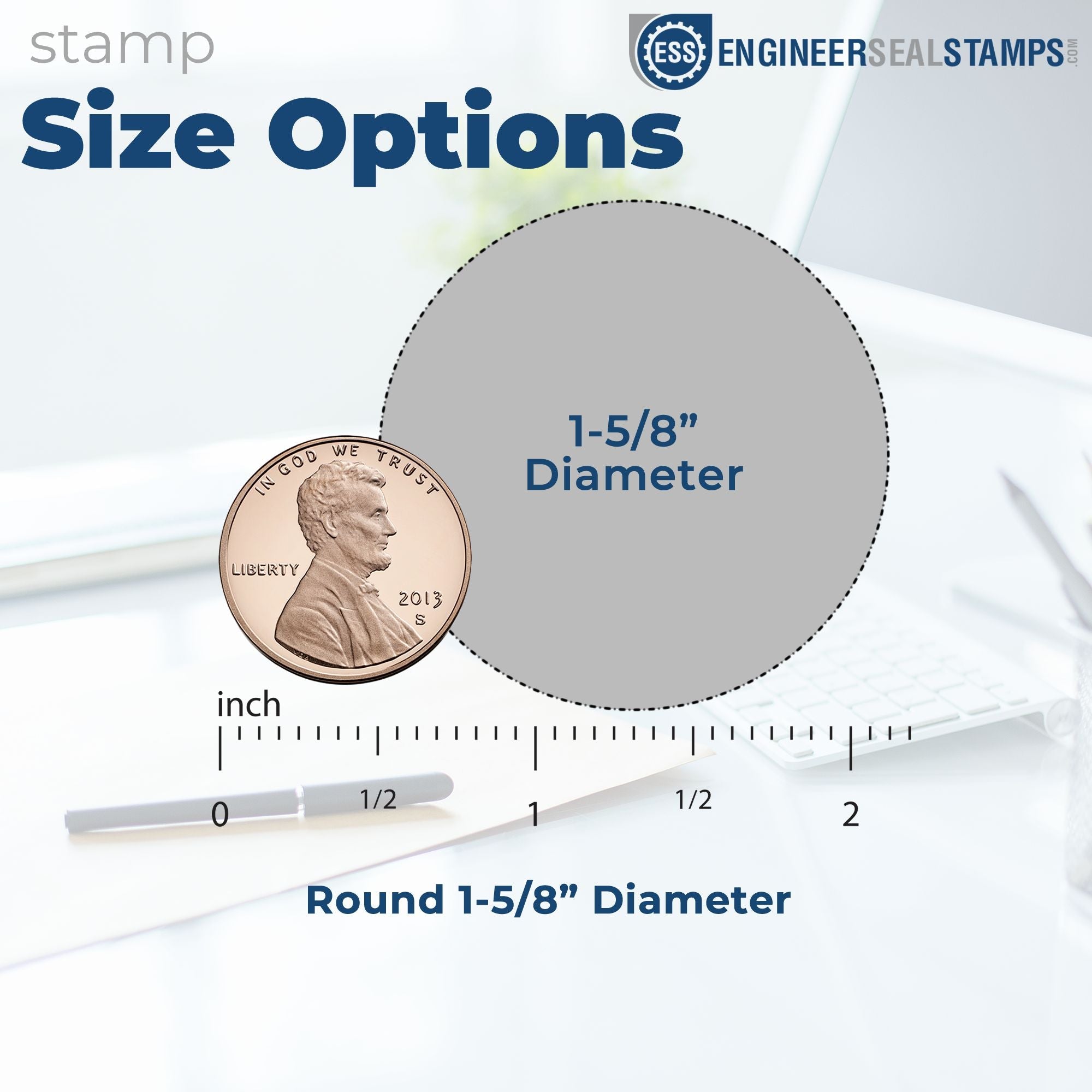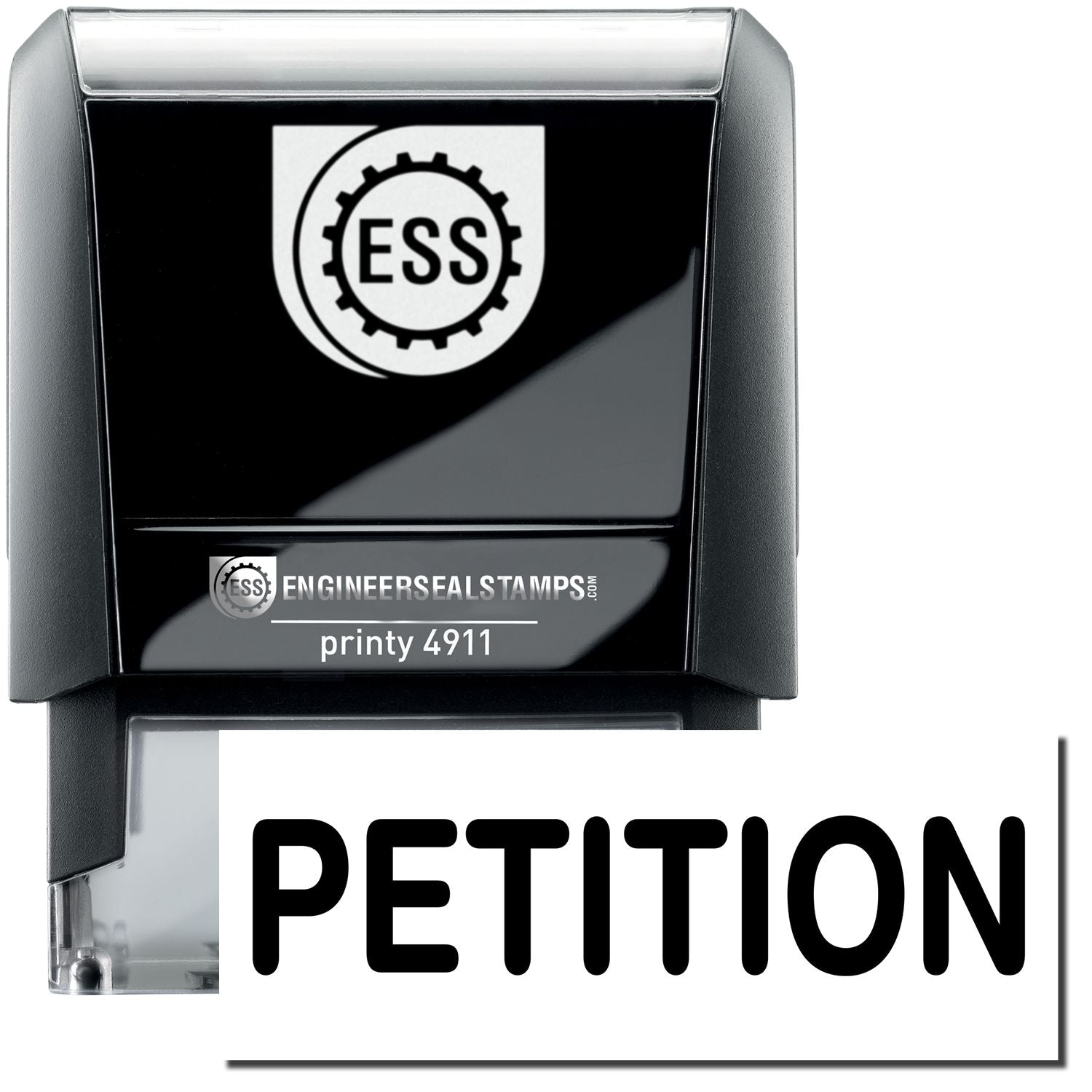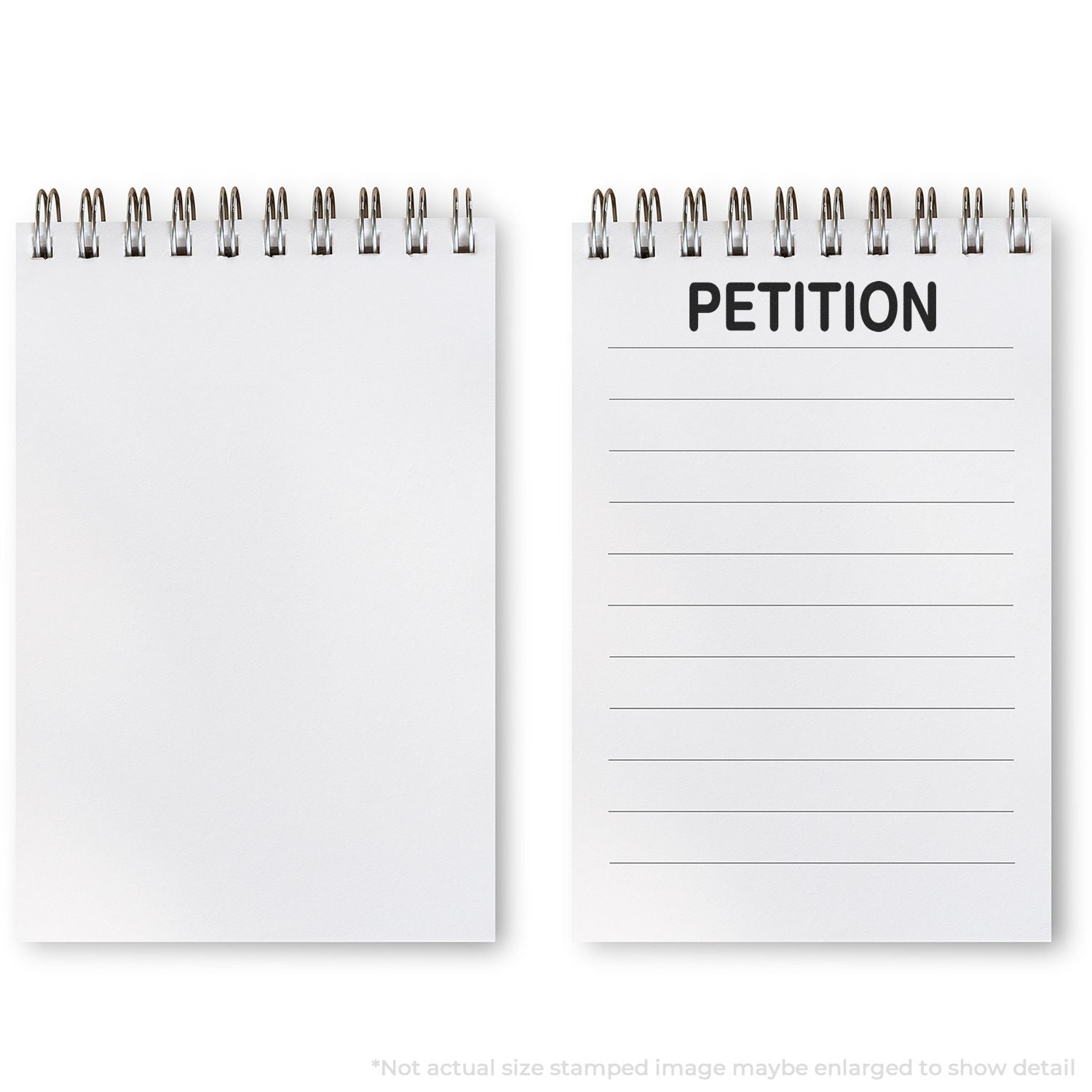Are you looking for a simple way to elevate your letters, invitations, or notebooks? An embossing stamp for stationery adds a subtle, raised design that makes your notes feel one-of-a-kind. While it might sound fancy, embossing is actually quite easy once you get the hang of it. Let’s walk through everything you need to know so you can enhance your stationery in a truly personal way.
Explore the embossing process
Embossing is the art of creating a raised impression on paper or cardstock. You press your chosen design onto the paper using a metal die, which pushes the fibers upward. This small detail can transform a plain sheet into a professional, custom piece. Engineer Seal Stamps (ESS) offers a variety of tools that let you personalize your projects, whether you’re embossing a monogram on wedding invitations or stamping your name on bookplates.
Why raised impressions matter
- They add a professional finish to your notes.
- The tactile feel sets your stationery apart.
- They create a clear design without using ink.
Understand the benefits
It’s easy to wonder: do you really need another stationery tool? Embossing stamps speak for themselves once you see the final result. Here’s why you might want one:
- Personalization power: You get to incorporate your initials, name, or logo wherever you want.
- Versatile use: Emboss everything from envelopes to journal covers.
- Timeless style: Raised impressions never go out of fashion, making every message look more refined.
- Minimal mess: Since there’s no ink involved, you avoid smudges and dry-time hassles.
Choose the right stamp
Finding the perfect embossing stamp for stationery depends on your project goals and personal style. Some people prefer a classic monogram for an elegant twist. Others want a simple icon or logo that matches their brand aesthetic. At Engineer Seal Stamps, you’ll find many custom embossing stamps to choose from, so you can pinpoint the exact look that speaks to you.
What to consider
- The size of your stamp or seal
- The thickness of your paper (heavier paper needs sturdier stamps)
- The design intricacy, especially if you want delicate lettering
- Whether you want a handheld or desk-style embosser
Master basic embossing steps
You don’t need special art skills to emboss. In fact, it only takes a few quick moves:
- Align your paper: Slide the edge of your card or envelope into the embosser until you reach the desired position.
- Press firmly: Grip the handles and press down, applying steady pressure so the design transfers clearly.
- Release and check: Lift the stamp, and you’ll see a crisp, raised impression on your paper.
When you do this a few times, you’ll realize how effortless it can be. If you ever spot an uneven imprint, adjust your paper or ensure you’re pressing evenly across the entire surface.
Add personal flair
One of the best parts of using an embossing stamp is that you can experiment. Want to have your family name on every piece of mail you send out? Go for it. Need a fancy “From the library of…” stamp for your book collection? That’s a cool way to stake your claim. ESS understands that personalized touches are what truly make your stationery stand out.
Fun ways to use an embosser
- Seal your wedding invitations or thank-you cards.
- Add a logo stamp for business letters.
- Mark holiday gift tags with special designs.
- Personalize craft projects or scrapbook pages.
Maintain your embossing tool
Embossers are built to last, but a little care goes a long way:
- Keep it clean: Wipe off any paper fibers or dust particles after each use.
- Store it properly: Place your embosser in a safe spot, away from moisture or crushing weight.
- Check alignment: Over time, screws may loosen slightly. Tighten them to maintain crisp impressions.
With proper care, your ESS embosser stays in top shape, ready to elevate your stationery for years to come.
Frequently asked questions
- Can I use my stamp on very thick cardstock?
- Yes, but make sure your embosser is designed for heavier materials. Some stamps handle up to 300gsm, but always double-check the manufacturer’s guidelines.
- Does embossing work for metallic or coated papers?
- It can, but certain glossy or coated sheets may need extra pressure. Test a single sheet first to ensure the impression stays crisp.
- Can I change the design on my embosser?
- Some models let you swap out dies, but others are permanently attached. Check with Engineer Seal Stamps for customization options.
- How do I keep my stamp from creating crooked impressions?
- Use guide marks or a small pencil line to help you position the paper. Steady, even pressure ensures a straight imprint.
- Is embossing safe for delicate papers?
- It is, as long as you use gentle pressure. If you’re worried about tearing, try a small sample piece first.
Embossing adds a personal flourish that’s tough to replicate with any other method. Whether you want an elegant monogram, a logo, or a simple motif, an embossing stamp for stationery enhances every note you send. Grab your favorite design from Engineer Seal Stamps, try it out on your next letter, and watch how a raised impression makes your paper truly unforgettable.
